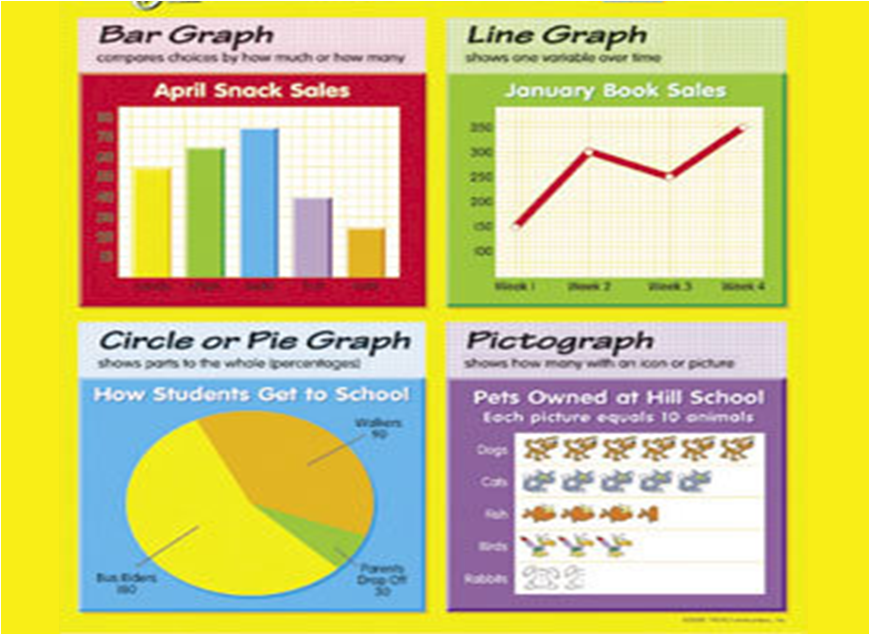

There's a lot of data to be shared here about change management. This pictogram example takes the form of an infographic. We can do the same thing to visualize ratings, scores, and changes over time and space in our infographics. Pretty much every site that allows customers to rate products or services (like Yelp and Amazon) uses pictograms to show the results of their five-star rating system. What’s a simple proportion that you see every day? Any guesses? Ratings, you got it! We know that pictograms are great for showing simple proportions or percentages. Use a pictogram to show ratings or changes Whether you want to show the magnitude of an important stat or visualize a fraction or percentage, you can use pictograms to add visual impact to simple data. You can use a pictogram whenever you want to make simple data more visually interesting, more memorable, or more engaging. Pictograms can come in handy quite often when visualizing data in infographics, reports, presentations, and even resumes ! Return to Table of Contents When to use a pictogram
#Pictorial graph series
The icons are arranged in a single line or a grid, with each icon representing a certain number of units (usually 1, 10, or 100).Ī feature of many great infographics, they’re often used to make otherwise boring facts or data points more compelling, as seen in the statistical infographic below.Īnd since pictograms are made from a series of icons, they’re perfect for those times when you need an attractive graphic but don’t have a graphic designer to rely on. Pictograms are types of charts and graphs that use icons and images to represent data.Īlso known as “pictographs”, “icon charts”, “picture charts”, and “pictorial unit charts”, pictograms use a series of repeated icons to visualize simple data. If you've ever asked yourself, what is a pictogram, we'll tell you all about it, show you when you should use them, and give you some inspiration with our pictogram examples. Pictograms can also be a fun addition to any infographic. Visually stacking icons to represent simple data can improve a reader’s recall of that data and even their level of engagement with that data. Besides making your data look nice, pictograms can make your data more memorable. Them all and practice to sharpen your interpretational skills.A pictogram is one of the simplest and most popular forms of data visualization out there. Pictographs and the rest are mathing activity.įor more Tally graph worksheets, click on the link given below. Worksheets, the first two sets are to make Tally charts and The further 6 worksheets are to draw, read and It is divided according to the key, which is upto 5, uptoġ0 and upto 20.

The next 9 worksheets are practice pages to read and interpret a The first 3 worksheets are for beginners, without Worksheets can be used from grade 1 through grade 6. We have prepared worksheets according to the Common core Standards. Now, kids would have understood the total number of students who Select a simple picture for the pictograph.

The above information, you can easily make a pictograph. Represent information using a picture graph?įirst step is to collect the data. In a pictograph, pictures are used to denote numbers.Ī pictograph can be drawn both horizontally and vetically. Hence larger numbers can be easily represented.Ĭan be easily understood and interpreted when it is represented in Instead of using 20 pictures, if the key given is 5, only 4 pictures can be used. When entries are more the graphical representation takes more space. The key given in a pictograph represents the numerical value given to a symbol. Operations and Algebraic thinking Workbooks.WEIGHT OR MASS – METRIC AND CUSTOMARY UNITS.


 0 kommentar(er)
0 kommentar(er)
